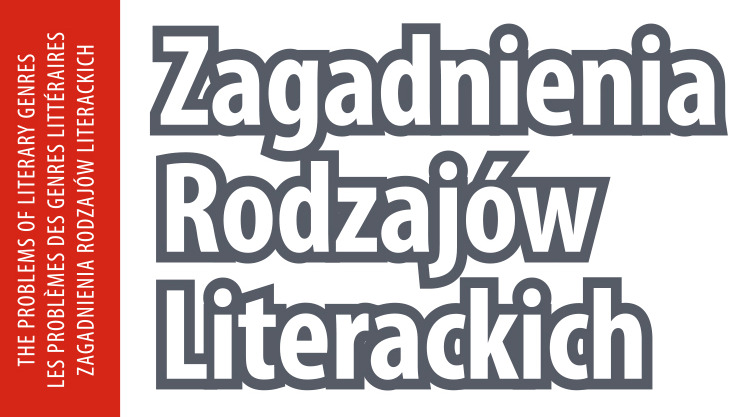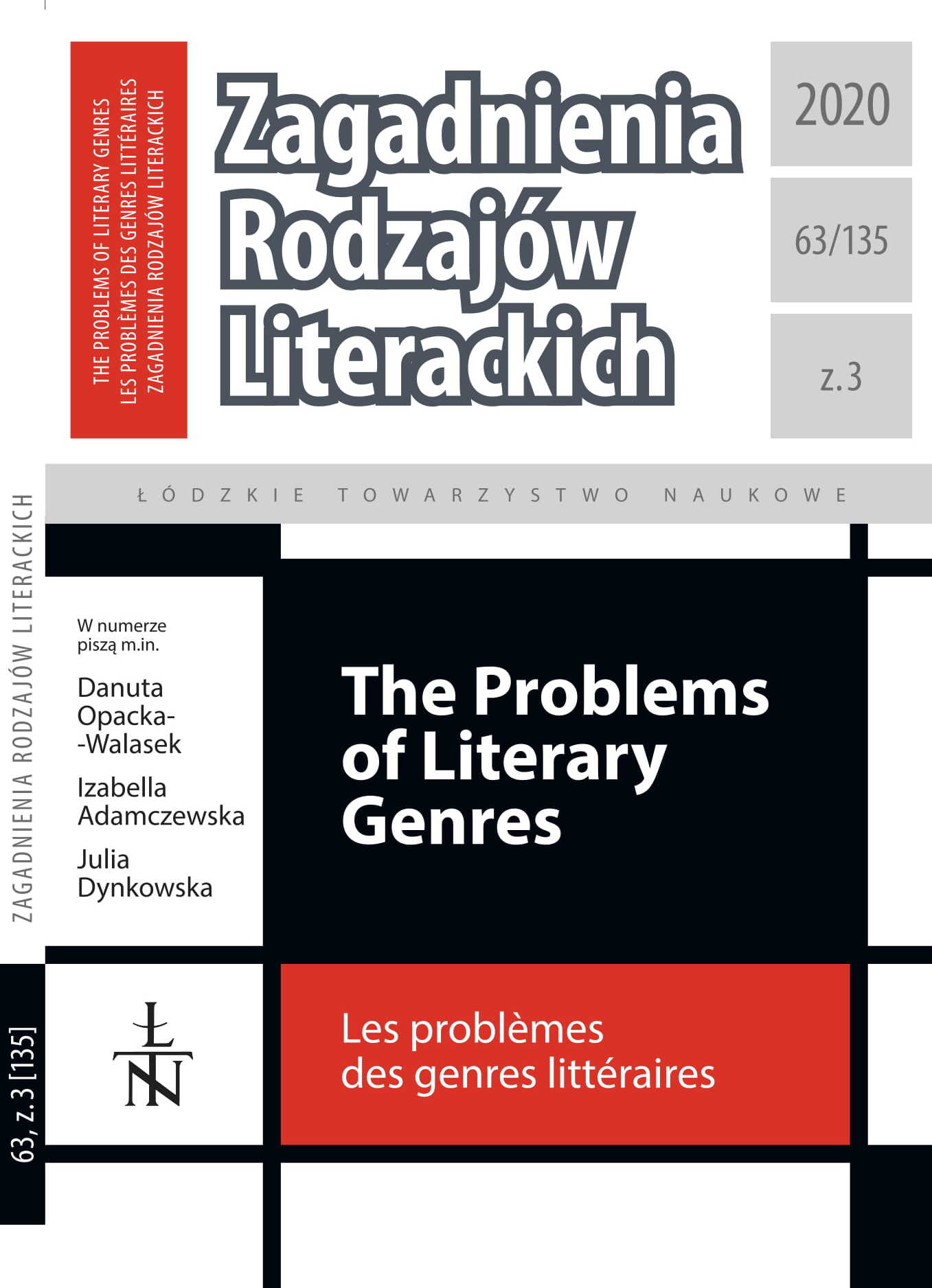A Miraculous Intrusion into This World: Thomas Pynchon’s The Crying of Lot 49 as Postmodernist Detective Fiction
DOI:
https://doi.org/10.26485/ZRL/2020/63.3/8Liczba pobrań
Bibliografia
Cortazar Julio (1966), Hopscotch, trans. G. Rabassa, Pantheon Books, New York.
Dopp Jamie (1997), Affirming the Mystery in Eric McCormack’s ‘The Mysterium’, “Canadian Literature”, no 154.
Grant Kerry (2008), A Companion to The Crying of Lot 49, The Second Edition, The University of Georgia Press, Athens.
Jameson Frederick (1991), Postmodernism, or, the Cultural Logic of Late Capitalism, Duke UP, Durham.
Kolbuszewska Zofia (2000), The Poetics of Chronotope in the Novels of Thomas Pynchon, The Learned Society of the Catholic UP, Lublin.
Lehan Richard (1986), Urban Signs and Urban Literature: Literary Form and Historical Process, “New Literary History”, vol. 18, no.1, Studies in Historical Change, (Autumn), p. 99–113.
Merivale Patricia, Susan Elizabeth Sweeney (2011), Detecting Texts: The Metaphysical Detective Story from Poe to Postmodernism, University of Pennsylvania Press, Philadelphia.
Moddelmog Debra A. (1987), The Oedipus Myth and Reader Response in Pyn- chon’s The Crying of Lot 49, “Papers on Language and Literature” 23.2.
Poe Edgar Allan (2006), The Murders in the Rue Morgue [in:] The Portable Edgar Allan Poe, ed. Kennedy J.G., Penguin Books, New York.
Pynchon Thomas (2000), The Crying of Lot 49, Vintage Books, London.
Scaggs John (2005), Crime Fiction, Routledge, London–New York.
Seed David (1988), The Fictional Labyrinths of Thomas Pynchon, The Macmillan Press LTD, London.
Tani Stefano (1984), The Metafictional Anti-Detective Novel [in:] The Doomed Detective: The Contribution of the Detective Novel to Postmodern American and Italian Fiction, Southern Illinois UP, Carbondale.
Tanner Tony (1982), Thomas Pynchon, Methuen, London–New York.
Todorov Tzvetan (1977), The Typology of Detective Fiction [in:] The Poetics of Prose, trans. R. Howard, Cornell UP, NY: Ithaca.







